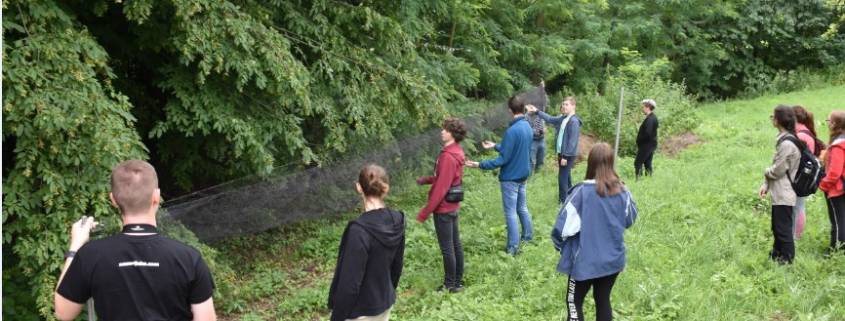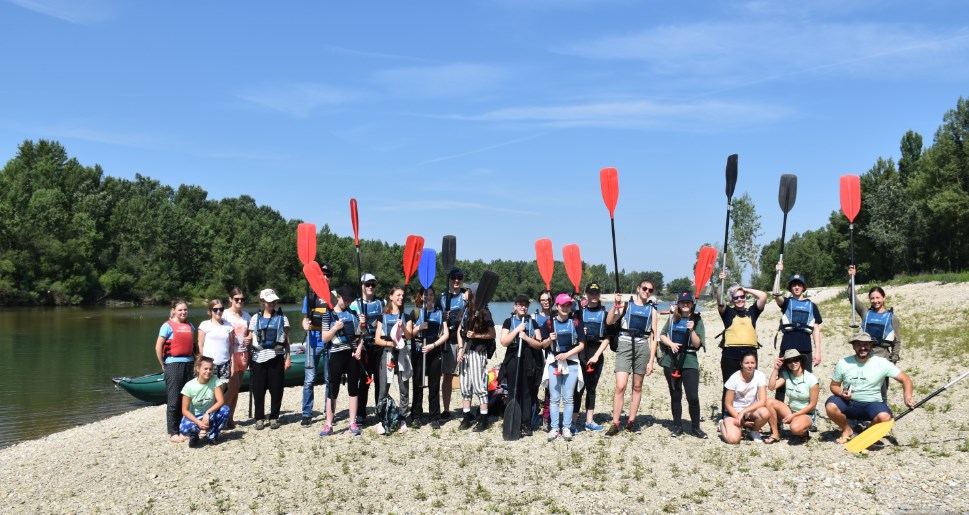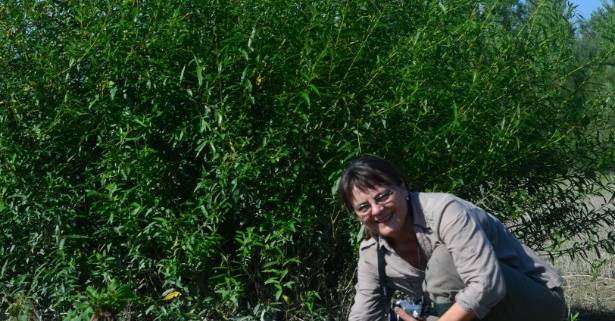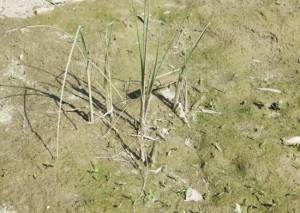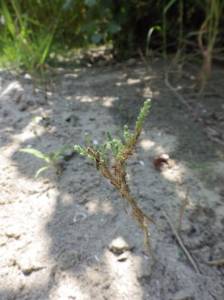Educational summer camp „Our Drava“ as part of the 2018 – Year of the Tern
Varaždin – A seven days educational summer camp for students on benefits of the Drava River was organized by Association BIOM in Jalžabet near Varaždin from 24th till 30th June. 15 students from First Gymnasium Varaždin and few high schools from Ivanec participated at the „Our Drava“ educational camp. Students learned about the biodiversity of flora and fauna on the Drava River, species and habitats and their importance for the freshwater ecosystem. „Our Drava“ camp is the activity organized within the 2018 – Year of the Tern and within the Interreg Project „Conserving populations of terns in the Sava and Drava basin“ by BIOM.
During the camp students visited Ptuj lake in Slovenia, reservoirs of the hydropower plants Varaždin and Čakovec and the wider area of the Mura – Drava Regional Park where they were actively exploring the Drava River and learning about the plants and species of the area.
Educational summer camp “Our Drava”/Ljetni edukacijski kamp “Naša Drava”
In addition to other lecturers, Branka Španiček, from WWF Adria was also involved in the camp and held a lecture about the importance of river birds, especially little tern (Sternula hirundo) and sand martin (Riparia riparia). Migratory birds such as terns can be seen in smaller or larger flocks and they are mostly nesting on gravel islands and gravel bars in just few places in Croatia. They feed on fish, crabs, insects and molluscs.
Students also learned more about the EU project DRAVA LIFE and activities within the project such as the first reintroduction and repopulation of two pioneer riverine plants German tamarisk (Myricaria germanica) and dwarf cattail (Typha minima). The plants have gone extinct in their natural habitat along the river in Croatia; and were planted on gravel bars along Drava river in an effort to re-introduce them into the river system.
Non-governmental organizations WWF Adria and BIOM proclaimed 2018 as Year of the Tern. The two NGO’s are undertaking separate project activities in parallel throughout the year to protect terns and raise awareness on the importance of preserving their habitats along the Drava River.
The actions of WWF Adria are co-funded by the European Union under the DRAVA LIFE project LIFE 14 NAT/HR/000115 DRAVA LIFE;BIOM`activities are co-funded within their Interreg Project „Conserving populations of terns in the Sava and Drava Basin“.
To find out more news on educational summer camp „Our Drava“ click here : http://www.biom.hr/vijesti/edukacijski-kamp-nasa-drava/

